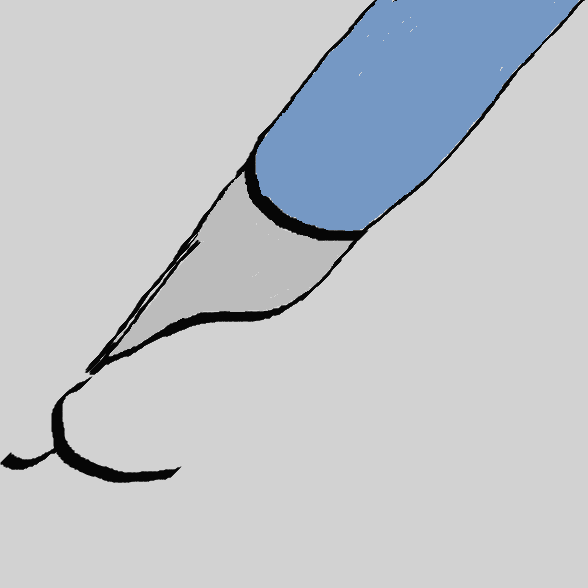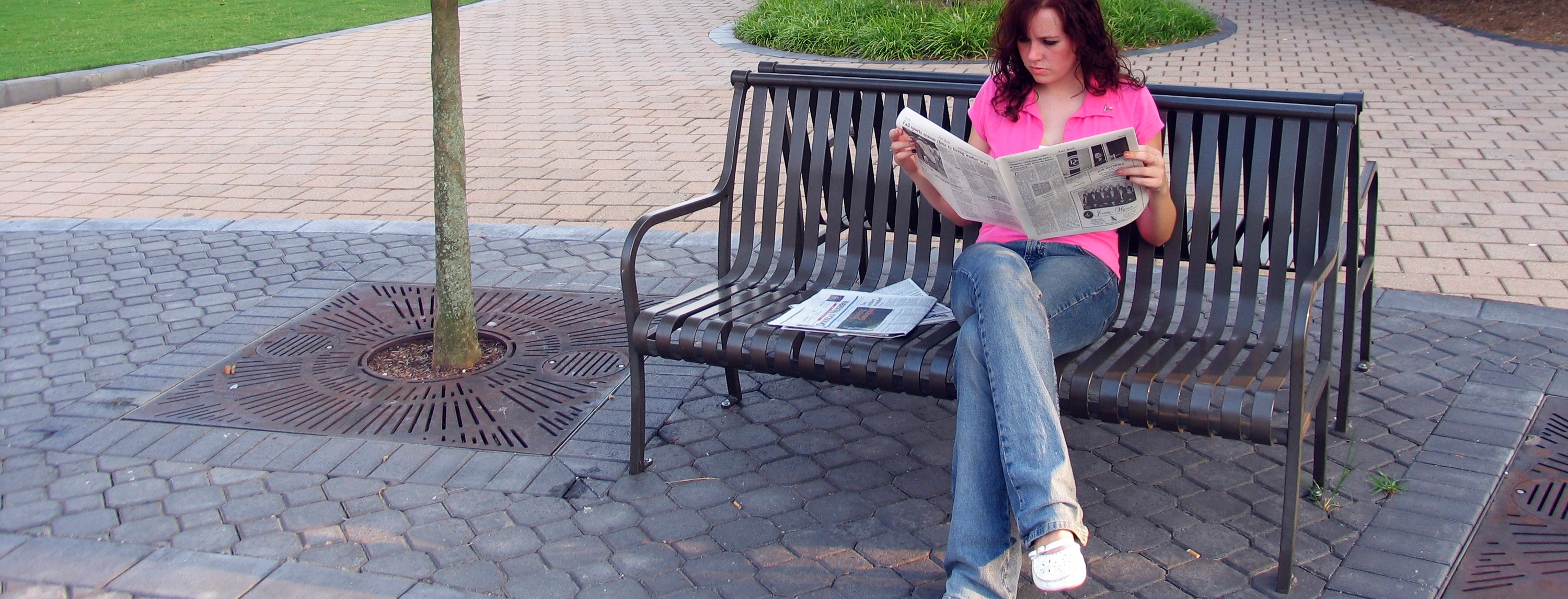
Incidents from Tilebury's History
Dr Harriet Longstepp
1 September
The Processing of the Lamb.
We are all excited about the Procession of the Holy Lamb next week. As usual lots of people will come to line the street from the bridge by the Willam Jenns on to the market square and then through to the new church to watch the procession. But very few people know that actually the procession should go the other way.
And it was not originally the Procession of the Holy Lamb either. The first reference to the procession was recorded by a monk in saxon times who referred to it merely as the festival of processing the lamb
. He was quite negative about it as a 'folk tradition' which had lasted since well before the Catholic church really had any grip on the mind of the average citizen. The lamb had originally been the representation of some historic pastoral deity and the processing involved taking it to a pyre where it was symbolically burnt for some reason.
The church formally approved the festival by renaming it after the 'Holy lamb' and preaching about how it symbolised God's love. But really it was just going with the tide - rather than ban something it couldn't control, it simply borrowed it.
Which might have something to do with why the processor in chief is called the "Ramsman" and wears a hat with sheep's horns. The early records suggest he would actually wear a hollowed out sheep skull and it was only in later decades that this became less gory.
It may also explain why the ceremony has been associated with pagan magical rituals. Certainly there have been stories about a further stage to the procession which takes place after midnight and ends in the sharing of a loving-cup of blood on the site of the old church by the city bridge. That church was built on the site of a celtic temple, but that is another story.
But which takes me back to the start to point out that the procession now goes the wrong way. Originally it would have started at the Llamas tree (probably somewhere near the modern churchyard) through the market place and T'mas Broad and down to the bridge/ temple where the sheep-blood ceremony would have taken place.
One can only speculate about why the strict order of the procession was developed. Why does the current May Queen follow the Ramsman on her own, but does not accompany the return procession? Why does the parson have to carry a large stone knife and a drinking horn and why are all the maidens of the village and the young men required to march to the church separately but march back in pairs?
No doubt it all faintly reflects some original historical purpose.
I am sure this year's procession will be one of the most impressive ever.
Articles from other months are linked from the side bar.
Please address all communications for the attention of The Editor, The Mews Office, Market street.
We have a box at the post office for ideas and notes.

